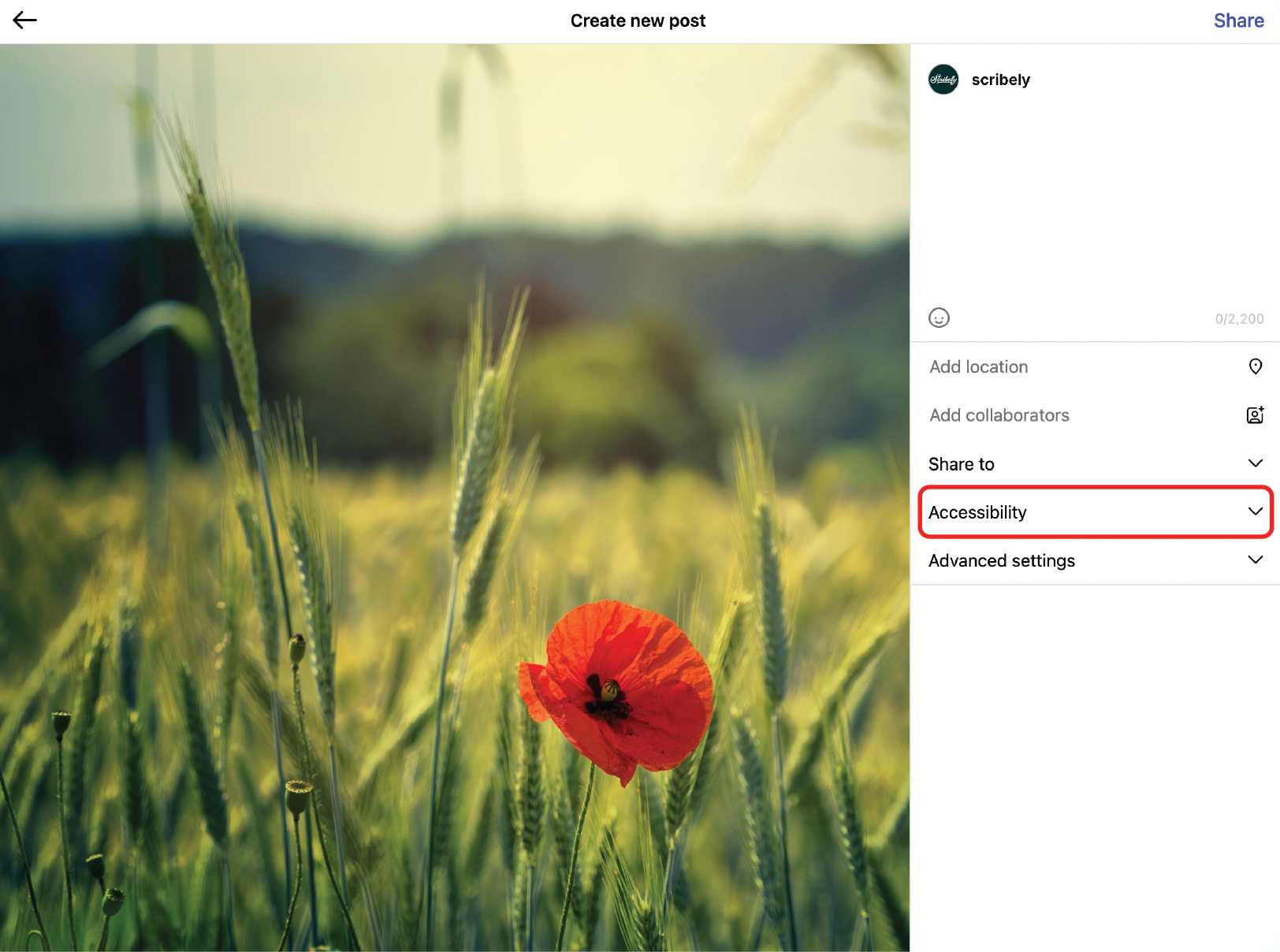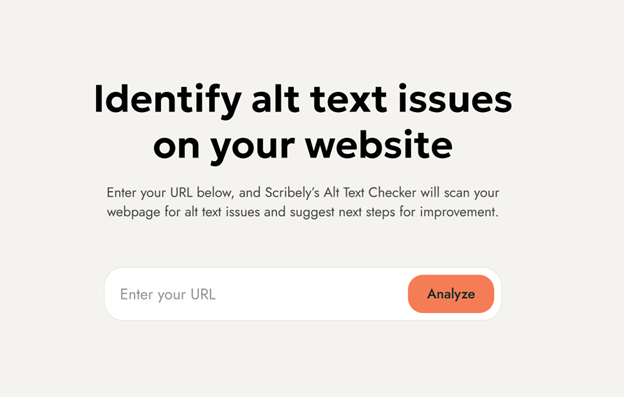Introduction
When you notice these prejudices, take a moment to reflect. What would you change to make it more inclusive? Make it a practice to always check in.
Prioritizing inclusive language is just one solution for a more equitable and just world. And it’s something you can do right now.
Before we get started, we ask for you to be in process. Inclusivity is an ever-evolving entity. We must commit to maintaining an open mind and heart and be eager to learn now and in the future. It’s a lifelong journey.
Inclusive language promotes a safe space where all identities and groups are seen, heard and represented.
Educate Yourself. If you are unfamiliar with a particular group or identity, take the time to seek out the information yourself! We recommend going directly to the source. There are plenty of organizations, documentaries, books, essays, and social media accounts that can help with this. Remember: it’s not someone else’s job to educate you on their experience. Do the research yourself.
Listen. When you do enter a conversation, listen with an open heart. It may be uncomfortable, but that’s where the growth happens!
Be Observant. Examine the ways in which our society is inherently prejudiced and exclusionary. Move through your life with an awareness and keen eye to identify biases. When you notice these prejudices, take a moment to reflect. What would you change to make it more inclusive? Make it a practice to always check in.
Scribely’s Inclusive Language Tips:
- Only mention a person’s racial background, ability, gender, sexual orientation, ethnicity, etc. if it’s absolutely necessary and relevant information.
- Adopt a “person first” mentality. A child using a wheelchair. People with disabilities. An individual with dementia.
- If and when you do make a mistake, acknowledge it. Avoid apologizing. That puts the person you misidentified in the position of having to make you feel better about your mistake. It’s not about you. Acknowledge the mistake and make sure it doesn’t happen again in the future.
- When addressing a group, avoid gendered phrases like ladies, gentlemen, guys and girls. Some good alternatives: folks, friends, y’all, and people.
- Include your pronouns on your email signature, social media profiles and bios. This normalizes discussions of gender and demonstrates your commitment to inclusion. Encourage your coworkers, friends, employees, and family members. to do the same.
- Never assume someone’s identity. If you are unsure how the person identifies – ask! Identifying someone without their consent could be harmful.
- Teach your children about inclusivity and intersectionality. There are many books and educational resources available about how to do this. Go through them with your child and you may learn something, too!
- Do not use negative, offensive, condescending or stereotyped language. Do your research and identify exclusionary words. You could even begin a glossary of inclusive and non-inclusive words.
Again, remember that you are in process. Our society is ingrained with subtle prejudices and biases. There is a lot to unlearn, so don’t get discouraged if you’re not “perfect” right away. Lead from an open mind and heart.
This blog is just a starting point. Let us know about your thoughts and experiences in the comments below! We highly encourage that you seek out more information and use the following resources:
National Center on Disability and Journalism
Inclusive Language Guideline for Companies
Interested in learning more about how the experts at Scribely can help you meet your accessibility goals? Contact us today for more information!

Check out Scribely's 2024 eCommerce Report
Gain valuable insights into the state of accessibility for online shoppers and discover untapped potential for your business.
Read the ReportCite this Post
If you found this guide helpful, feel free to share it with your team or link back to this page to help others understand the importance of website accessibility.












.jpg)





.jpg)



























_edited_6x4-p-1080.jpeg)


